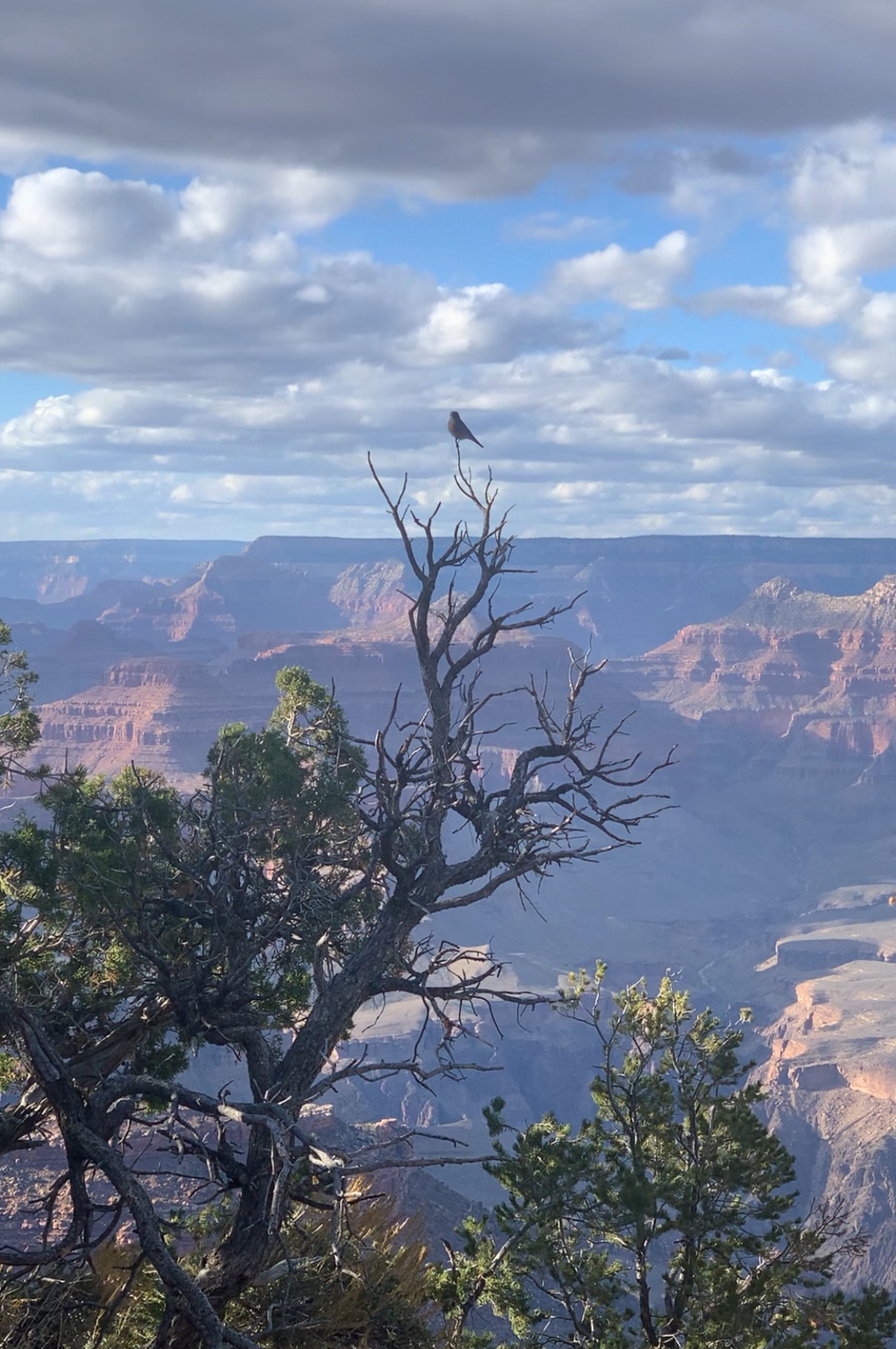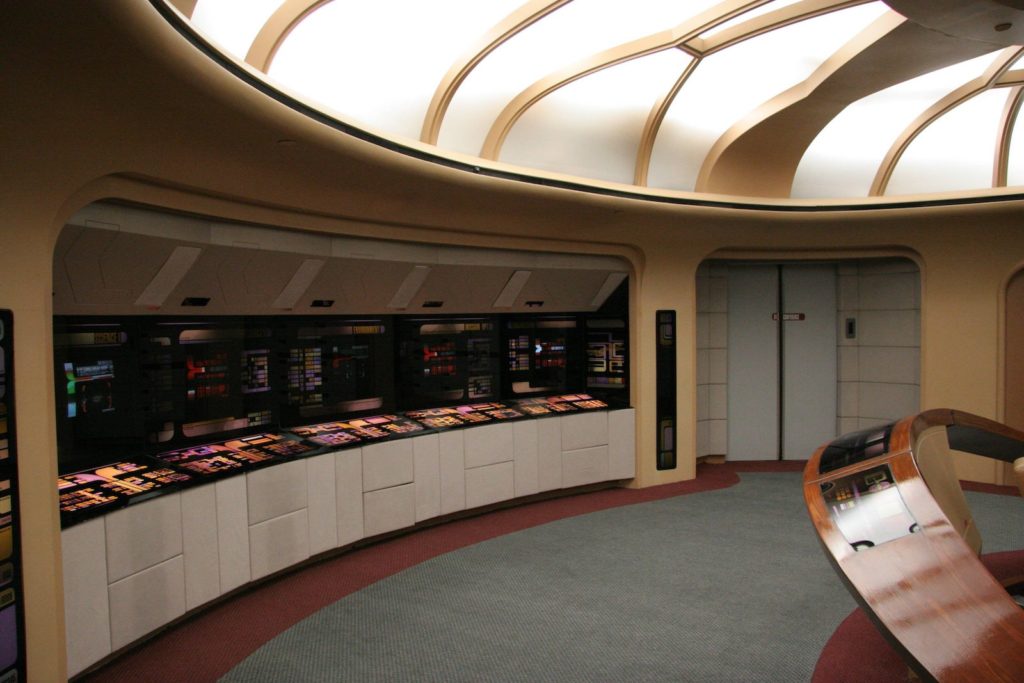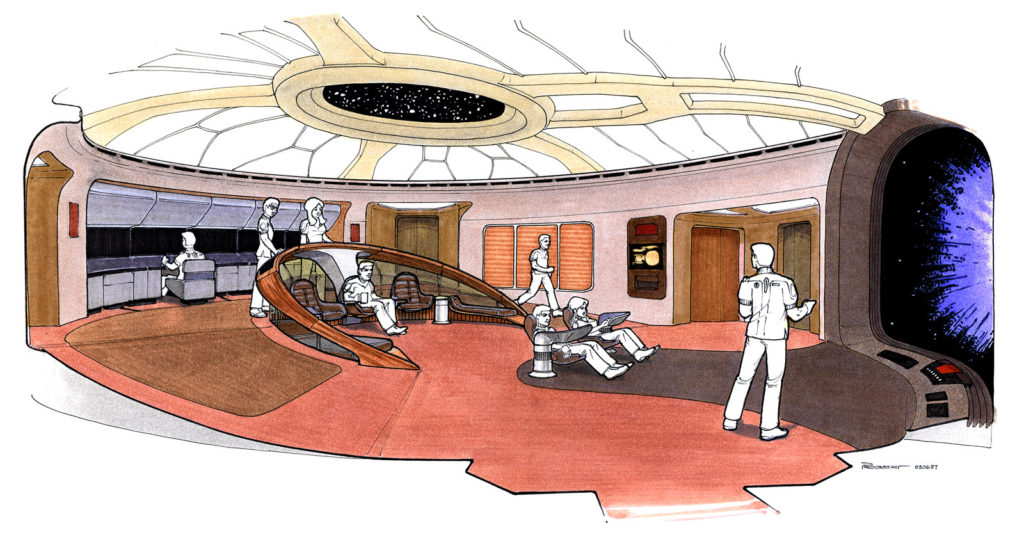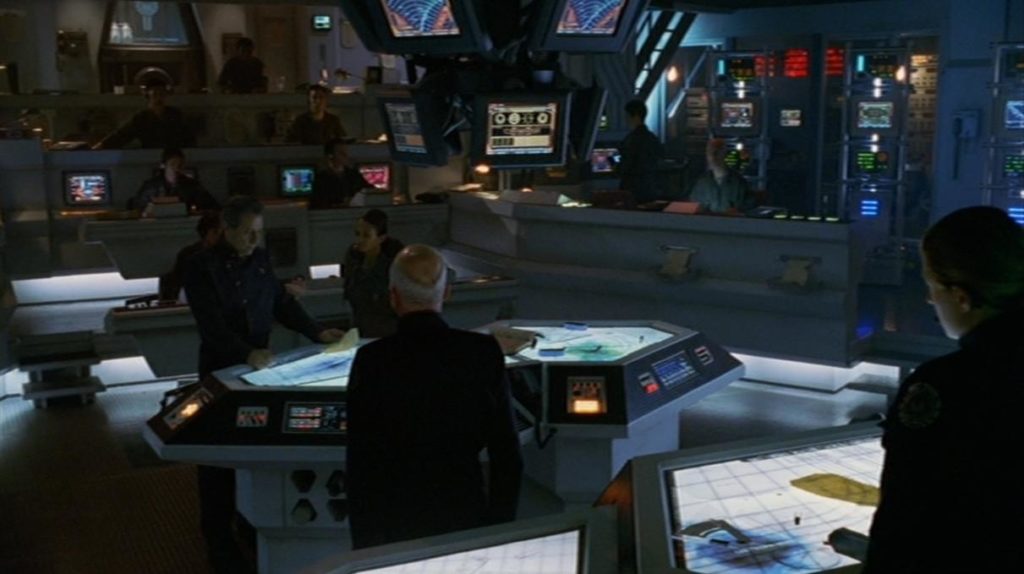While I’ve never managed to finish my long-incubated and sprawling essay about large language models and Alfred Jarry, I think that if you know me, you already know my attitude toward the proponents of the former. Nevertheless, at the request of my employer, I have tried out a couple ways of using them in my work. I tested out cloud-driven code-completion interfaces long enough to learn that they hinder me more than they help, and anyway I don’t like constantly feeding our clients’ intellectual property back into someone else’s text corpus. And even if those things weren’t true, my concerns about the intake and exhaust of the server farms involved would have been enough to make the experience undesirable.
I have also tried running some open-weight models directly on my laptop, where I know my data will remain, and where I can observe that the power draw involved is not vaporizing any rivers. The results are slow and of middling quality, but good enough for things like “just tell me what fucking regex I need.” (I do still google things first, but at this point, I’m not sure using their search service is any more virtuous than using an LLM.)
It wasn’t so long ago that the people promulgating the ascendance of statistical models were attached to the term “machine learning.” Machines cannot learn, but humans can, even me. One of the things I am learning, along with Kat, is Japanese. I’ve made use of textbooks, mnemonics, evening classes, and apps to this end, and I’ve made a lot of progress, which is to say I’m about 1% of the way to being able to converse with a preschooler. Japanese is hard.
Textbooks are challenging to use without an instructor, and while I appreciated working with such an instructor for a remote course through our local cultural center, the video-call medium is pretty painful in a class setting. Apps are nice for building a habit and refreshing myself, but as I’m sure you know, they more or less all run on a model of drilling by way of quizzes. Like many people who were praised for youthful conformance to school standards, I retain the test-taking skills that were hammered into me at a formative age. That means my brain is tuned for using process of elimination and context clues to answer quizzes without learning anything new, which is a whole other essay I will never finish, but anyway this is why the apps yield only grudging progress.
I know enough about my own capabilities, and about general educational theory, to understand that if I want to learn something in a persistent way then the most valuable exercise is trying to explain it to someone else. When software nerds do this to solve a problem, we call it rubber-ducking. I don’t actually own a rubber duck. But I do have a laptop with an LLM runtime on it. You can see how I got here.
“The thing is there’s so much basic vocabulary to learn,” I told Kat, “and a lot of it is English loan words, but then a lot more isn’t. And so many of the words sound alike but mean such different things. So I thought, hey, I can just tell the computer to have a conversation with me, and I’ll have to explain the differences between the words and what they mean, and even use them in sentences. It’s a proven technique. I think it might actually help!”
Kat, who I believe I mentioned is also learning Japanese, gave me a steady look and replied: “or you could just tell those things to me.”
Sometimes the problem I solve by explaining myself aloud isn’t even the one I knew about.













